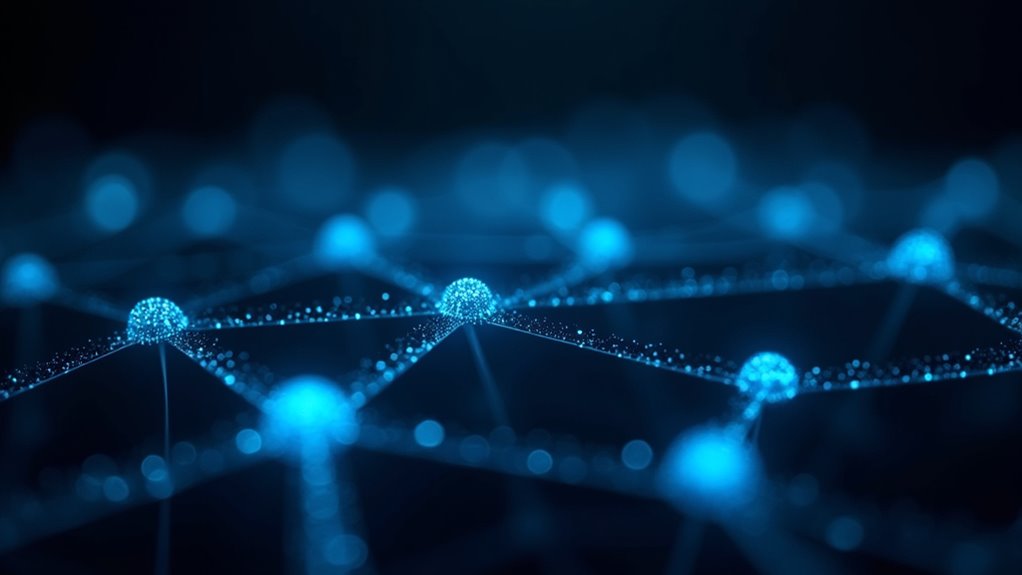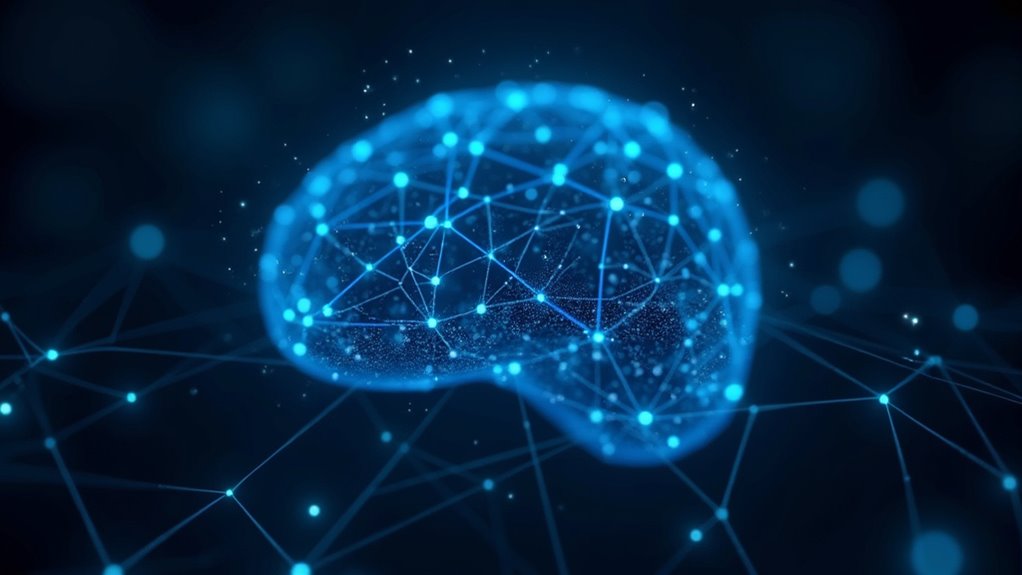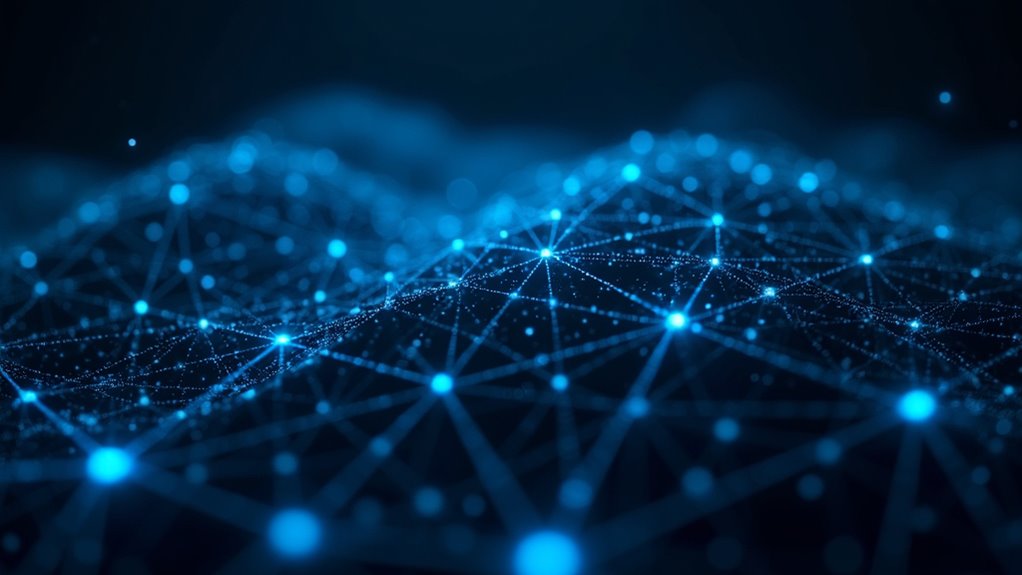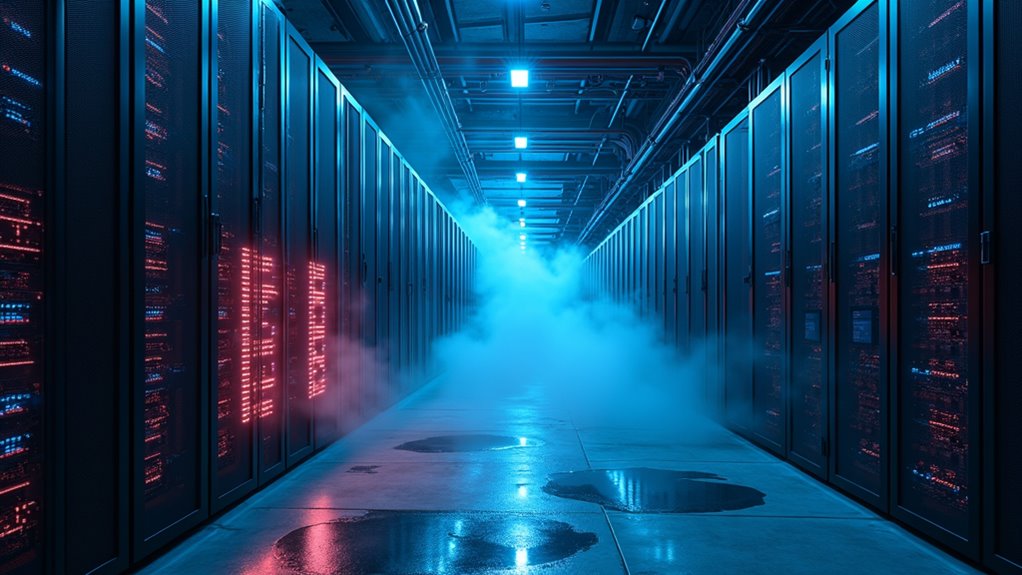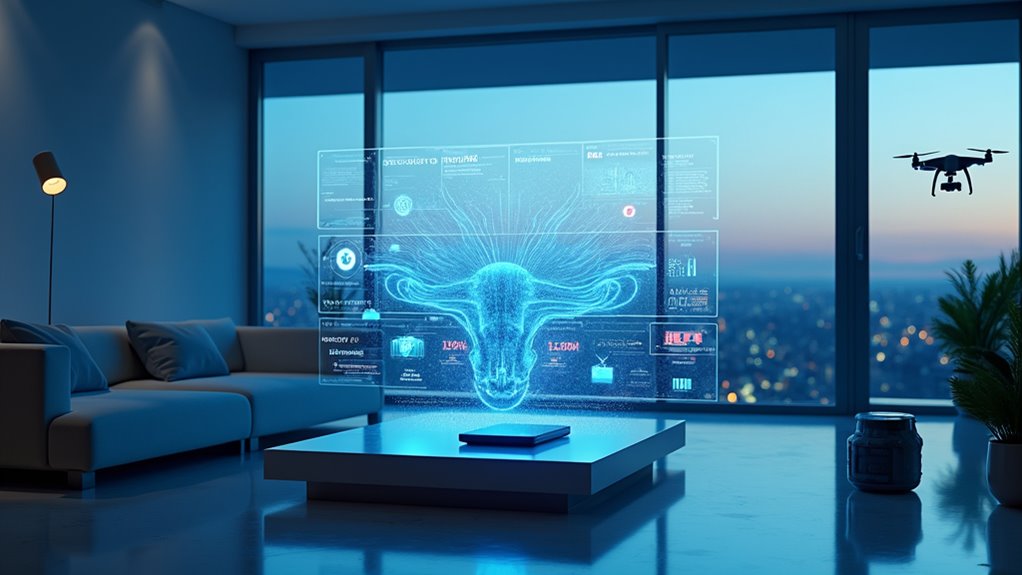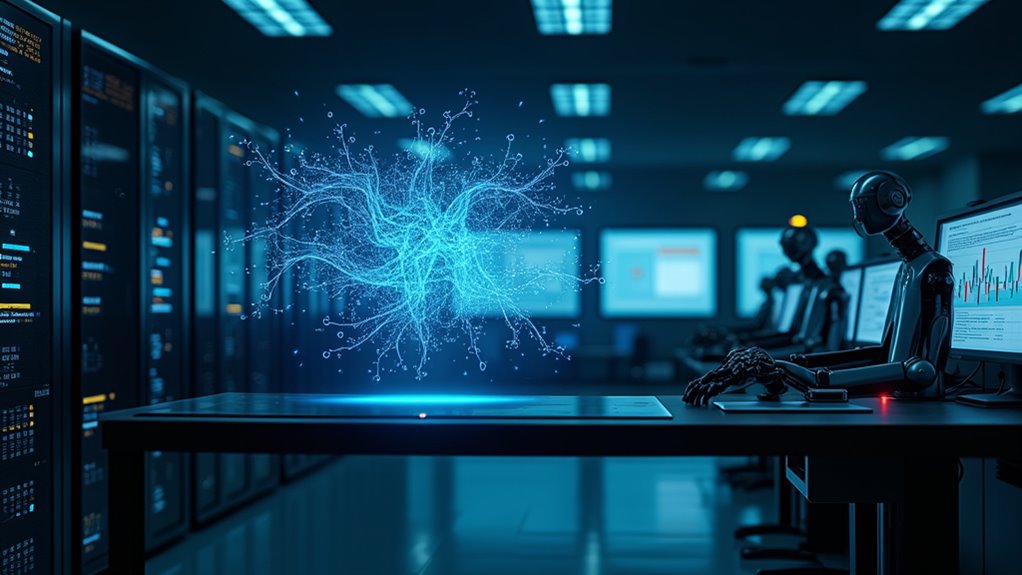Neural networks are the workhorses of modern AI, mimicking the human brain’s structure but operating with machine-like efficiency. These interconnected layers of nodes transform raw data into meaningful outputs, tackling everything from spotting tumors to generating art. They learn from massive datasets, adapt over time, and handle complex tasks that traditional computing can’t crack. Unlike human interns, they never need coffee breaks or complain about overtime. There’s a whole universe of neural possibilities waiting to be explored.
Neural networks are the unsung heroes of modern AI – the digital brains making all those flashy tech headlines possible. These computational powerhouses mimic the human brain’s structure, but let’s be honest, they’re doing it with way more efficiency and a lot less coffee. Through layers of interconnected nodes, neural networks process information like a highly caffeinated mathematician on a mission, transforming raw data into meaningful outputs. Their effectiveness is proven by their ability to achieve human-like intelligence in various tasks. The networks excel at pattern recognition through extensive training datasets.
Think of neural networks as the overachieving middle child of the AI family. They’re not just smart; they’re adaptable. These networks learn from data, adjust their connections, and get better over time without someone hovering over them with a programming manual. They’re the reason your phone can recognize faces, translate languages, and somehow know exactly what products you’re thinking about buying (creepy, but impressive). Using advanced techniques like semantic segmentation, these networks can precisely analyze and interpret visual data from the world around us.
Neural networks: the AI world’s ultimate self-improvers, learning and adapting while making our devices eerily smarter every day.
The real magic happens in the network’s architecture. Multiple layers – input, hidden, and output – work together like a well-oiled machine. Each layer transforms data differently, creating a sophisticated system that can tackle everything from simple pattern recognition to complex decision-making. Convolutional Neural Networks handle images, Recurrent Neural Networks process sequences, and Transformers? Well, they’re the show-offs who can handle entire datasets at once.
These networks have revolutionized fields from healthcare to finance. They’re spotting tumors in medical images, detecting fraud in financial transactions, and even generating art that makes traditionalists question their life choices. As a subset of machine learning, neural networks have become the go-to solution for problems that traditional computing just couldn’t crack.
The beauty of neural networks lies in their versatility. They can be supervised, unsupervised, or semi-supervised, adapting to whatever learning approach best fits the task. Sure, they need massive amounts of data to train properly, but once they’re up and running, they operate with minimal human intervention. It’s like having a brilliant intern who never needs coffee breaks or complains about the office temperature.
